Medieval deed: Gropecunt Lane, Bristol. Deed of sale and quitclaim for 4 marks (£2 13s 4d) and half a mark (6s 8d) with warranty; circa 1240, vellum deed in Latin written in a very neat court hand, John son of Roger Bat to William de Kent, all his land with the buildings in Gropecunttelana at Bristol (Bristolla) (S: land of William Bardolf; E: land of Julian who was the daughter of John the son of Jacob; from the street in front (29 feet) to the town wall behind, where it is 30 feet broad), paying a yearly quitrent of 12 pence to Julian who was the daughter of John the son of Jacob as John the grantor has been accustomed to pay of the consideration, 4 marks (£2 13s 4d) paid to John and and half a mark (6s 8d) to Julian; Witnesses: James le Warre, Thomas Long, Richard Ailard, Simon the clerk, William de Bellomonte, Gilbert de Marleberge, Roger Tarleys, Richard de Pesia, William Bardolf, William Ruffo, tanner, Nicholas the chaplain, Robert Hod, some dust-soiling but ink dark and clear, 88 x 190 mm, with partially restored armorial seal on vellum tag, [S’IOHANNIS FILII] ROGERIBAT[T], charge indistinct, 3 cm diameter, mounted to a wooden board with six small pins, three related 20th-century manuscript paper labels pasted to board, framed and glazed, overall 32 x 32 cm (Qty: 1) The first-named witness was James le Warre, Mayor of Bristol, 1236; William de Bellemonte, Prepositor of Bristol, 1240; Robert Hod would have been known to his friends as Robin Hood. A very rare early documentation of the place name 'Gropecunt Lane', the compounded street name found in about twenty English towns and cities during the Middle Ages, and believed to be a reference to organised prostitution centred on those areas. The earliest reference documented is to a Gropecuntelane in Oxford, c. 1230, now Grove Passage and Magpie Lane. All the original names have since changed or been bowdlerised to the more innocuous Grape Lane or similar, or have been completely lost; the latest documentation of Gropecuntlane traced being in Newcastle, 1588. The Gropecunt Lane in Bristol referred to in this deed later became Hallier's Lane and after the Battle of Trafalgar was given the name Nelson Street, which is still current. The street runs through the Broadmead district of the city centre and is home to the Central Police Station. The English chronicler, topographer and antiquary William Worcestre (c. 1415-c. 1482) references Gropecountlane in Bristol in his manuscript of 1480 (Corpus Christi College, Cambridge, MS. 210), and this undated deed, from the reign of King Henry III, proves it was in use much earlier than Worcestre records. One suggestion for the street name's origin made by Richard Coates (2011) is that as the name is concentrated in major ecclesiastical centres that would have been likely destinations of Oxford-educated clerics the name may have originated as academic slang. The etymology of cunt is a matter of debate, but in common usage does not appear to have been taboo in the medieval period, even being used in an openly bawdy context several times by Chaucer in his Canterbury Tales (c. 1390). The word only becomes taboo towards the end of the eighteenth century, and was then not generally admissible in print until the end of the twentieth century.
Medieval deed: Gropecunt Lane, Bristol. Deed of sale and quitclaim for 4 marks (£2 13s 4d) and half a mark (6s 8d) with warranty; circa 1240, vellum deed in Latin written in a very neat court hand, John son of Roger Bat to William de Kent, all his land with the buildings in Gropecunttelana at Bristol (Bristolla) (S: land of William Bardolf; E: land of Julian who was the daughter of John the son of Jacob; from the street in front (29 feet) to the town wall behind, where it is 30 feet broad), paying a yearly quitrent of 12 pence to Julian who was the daughter of John the son of Jacob as John the grantor has been accustomed to pay of the consideration, 4 marks (£2 13s 4d) paid to John and and half a mark (6s 8d) to Julian; Witnesses: James le Warre, Thomas Long, Richard Ailard, Simon the clerk, William de Bellomonte, Gilbert de Marleberge, Roger Tarleys, Richard de Pesia, William Bardolf, William Ruffo, tanner, Nicholas the chaplain, Robert Hod, some dust-soiling but ink dark and clear, 88 x 190 mm, with partially restored armorial seal on vellum tag, [S’IOHANNIS FILII] ROGERIBAT[T], charge indistinct, 3 cm diameter, mounted to a wooden board with six small pins, three related 20th-century manuscript paper labels pasted to board, framed and glazed, overall 32 x 32 cm (Qty: 1) The first-named witness was James le Warre, Mayor of Bristol, 1236; William de Bellemonte, Prepositor of Bristol, 1240; Robert Hod would have been known to his friends as Robin Hood. A very rare early documentation of the place name 'Gropecunt Lane', the compounded street name found in about twenty English towns and cities during the Middle Ages, and believed to be a reference to organised prostitution centred on those areas. The earliest reference documented is to a Gropecuntelane in Oxford, c. 1230, now Grove Passage and Magpie Lane. All the original names have since changed or been bowdlerised to the more innocuous Grape Lane or similar, or have been completely lost; the latest documentation of Gropecuntlane traced being in Newcastle, 1588. The Gropecunt Lane in Bristol referred to in this deed later became Hallier's Lane and after the Battle of Trafalgar was given the name Nelson Street, which is still current. The street runs through the Broadmead district of the city centre and is home to the Central Police Station. The English chronicler, topographer and antiquary William Worcestre (c. 1415-c. 1482) references Gropecountlane in Bristol in his manuscript of 1480 (Corpus Christi College, Cambridge, MS. 210), and this undated deed, from the reign of King Henry III, proves it was in use much earlier than Worcestre records. One suggestion for the street name's origin made by Richard Coates (2011) is that as the name is concentrated in major ecclesiastical centres that would have been likely destinations of Oxford-educated clerics the name may have originated as academic slang. The etymology of cunt is a matter of debate, but in common usage does not appear to have been taboo in the medieval period, even being used in an openly bawdy context several times by Chaucer in his Canterbury Tales (c. 1390). The word only becomes taboo towards the end of the eighteenth century, and was then not generally admissible in print until the end of the twentieth century.
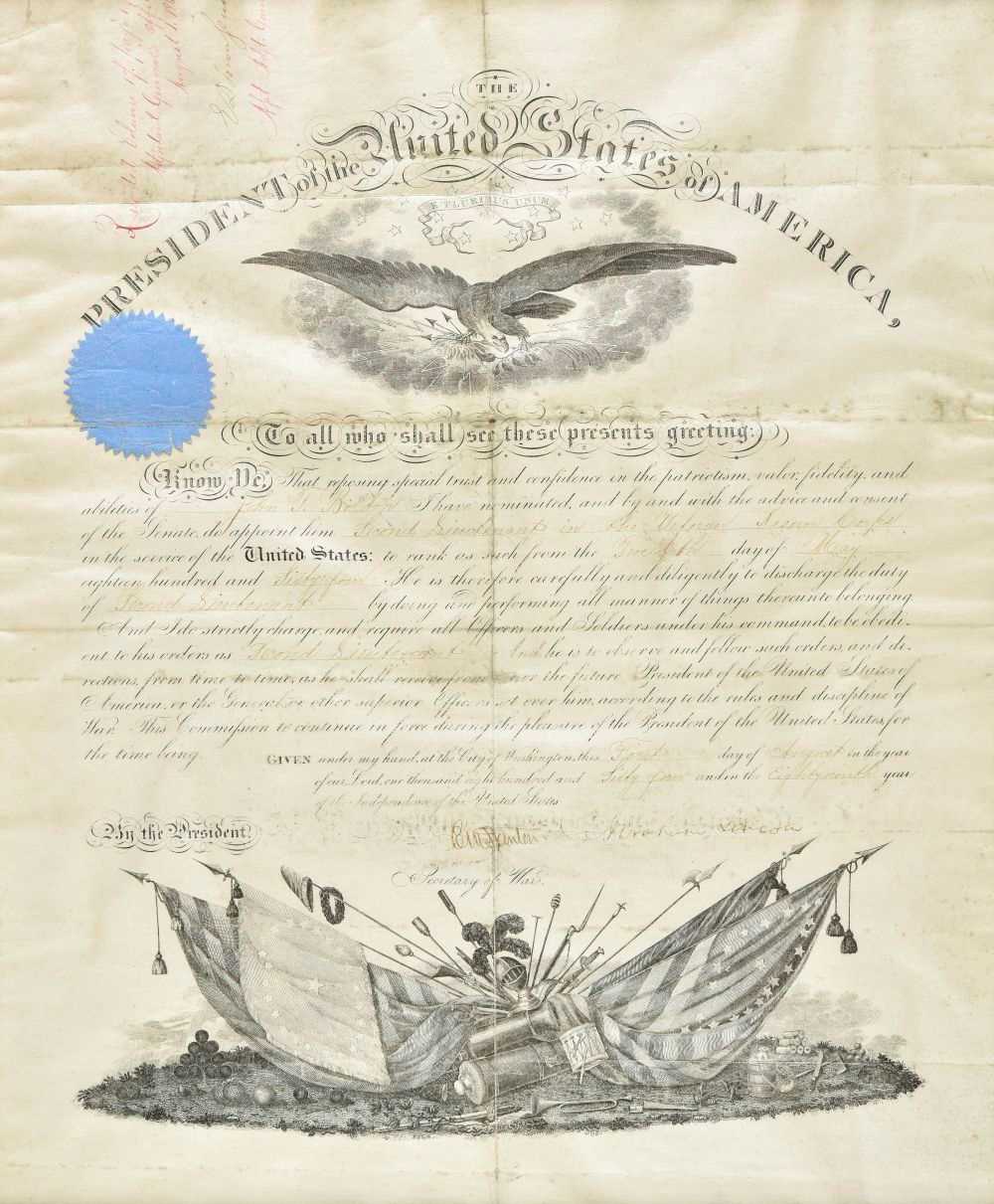
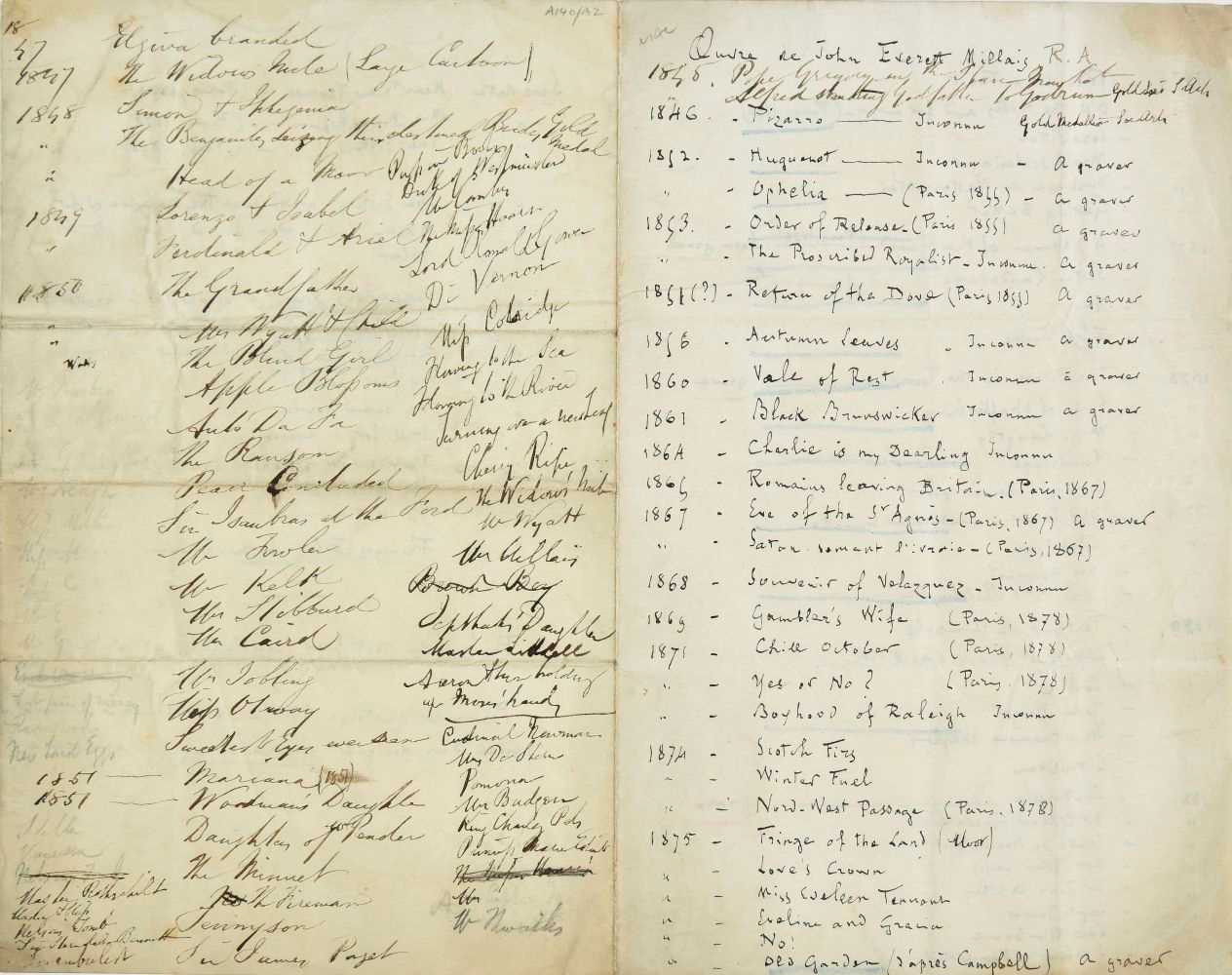
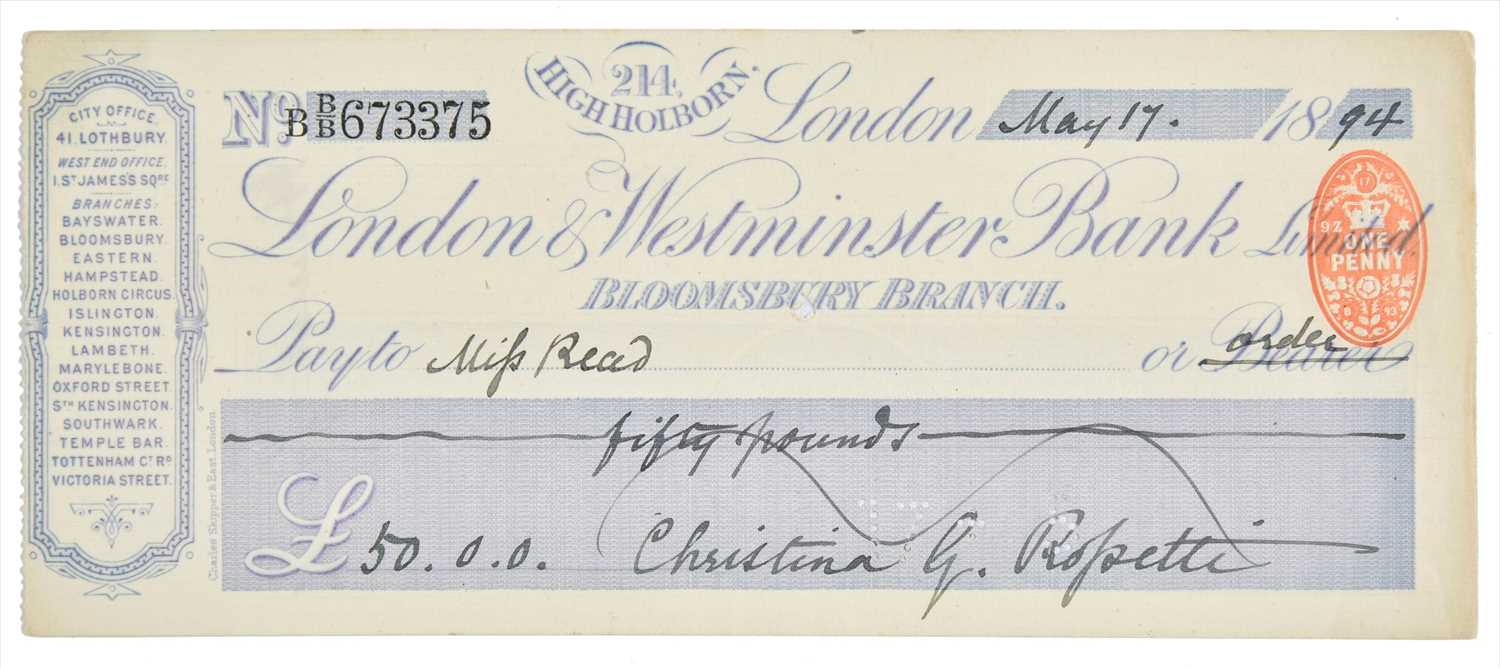
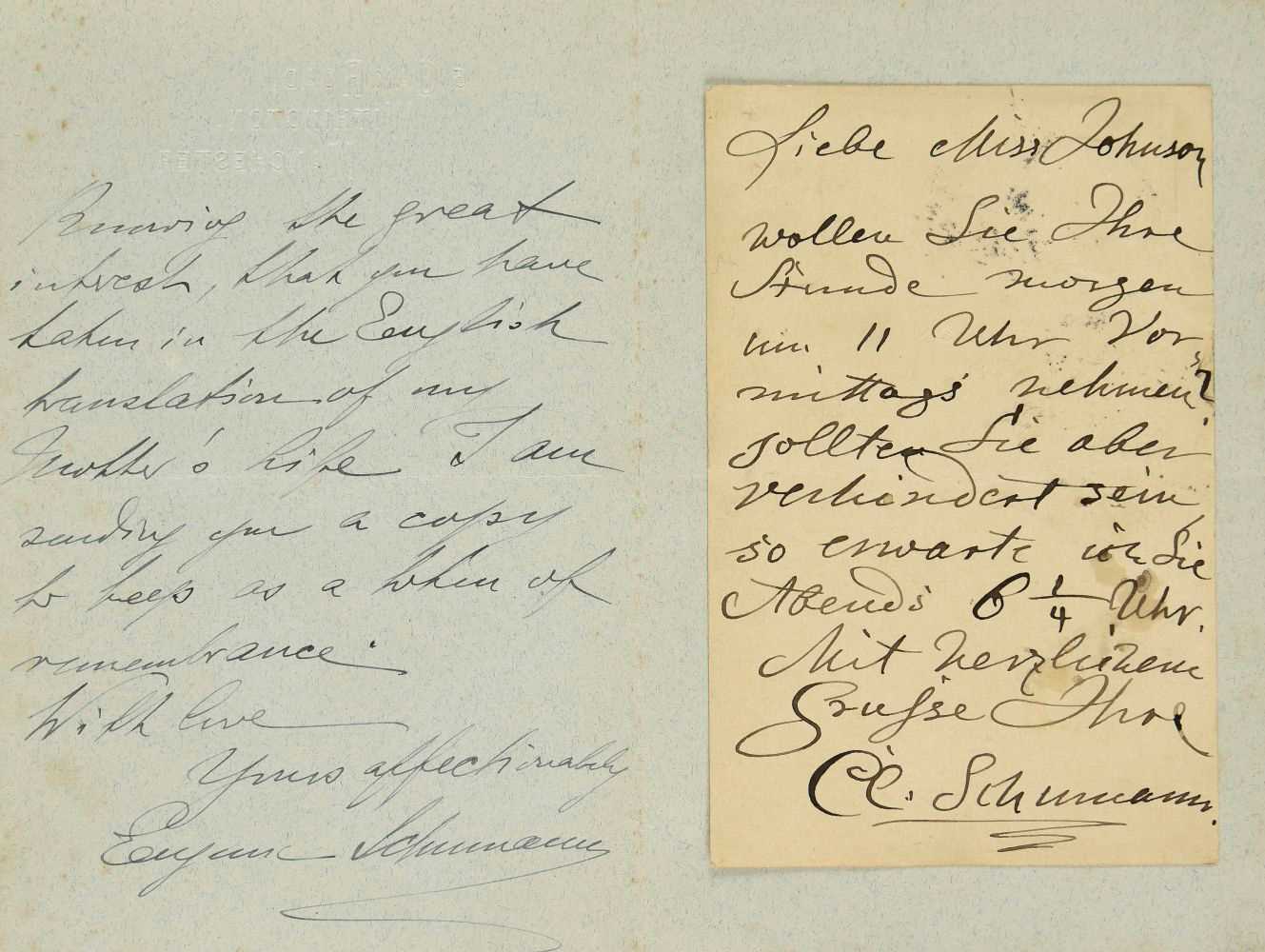
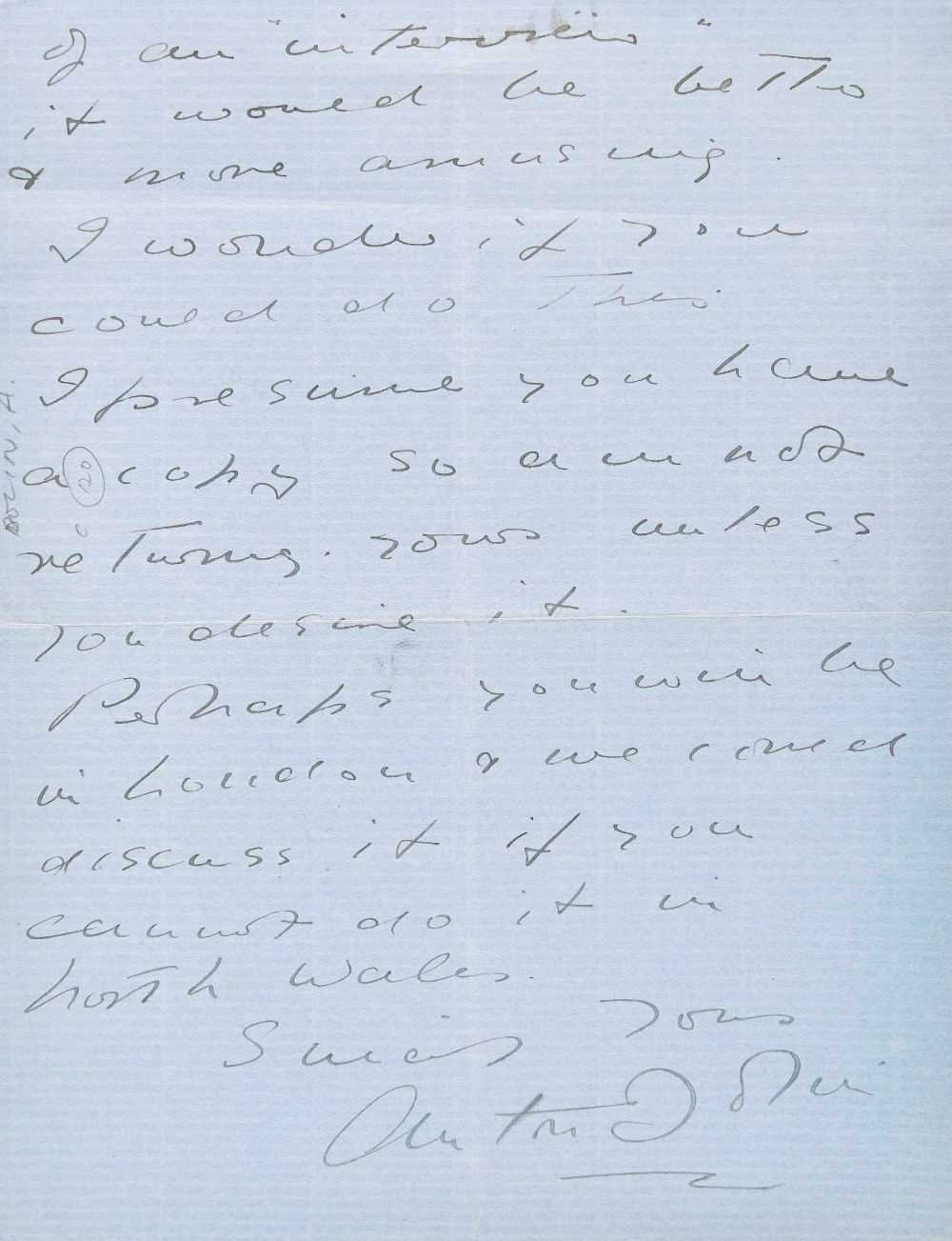
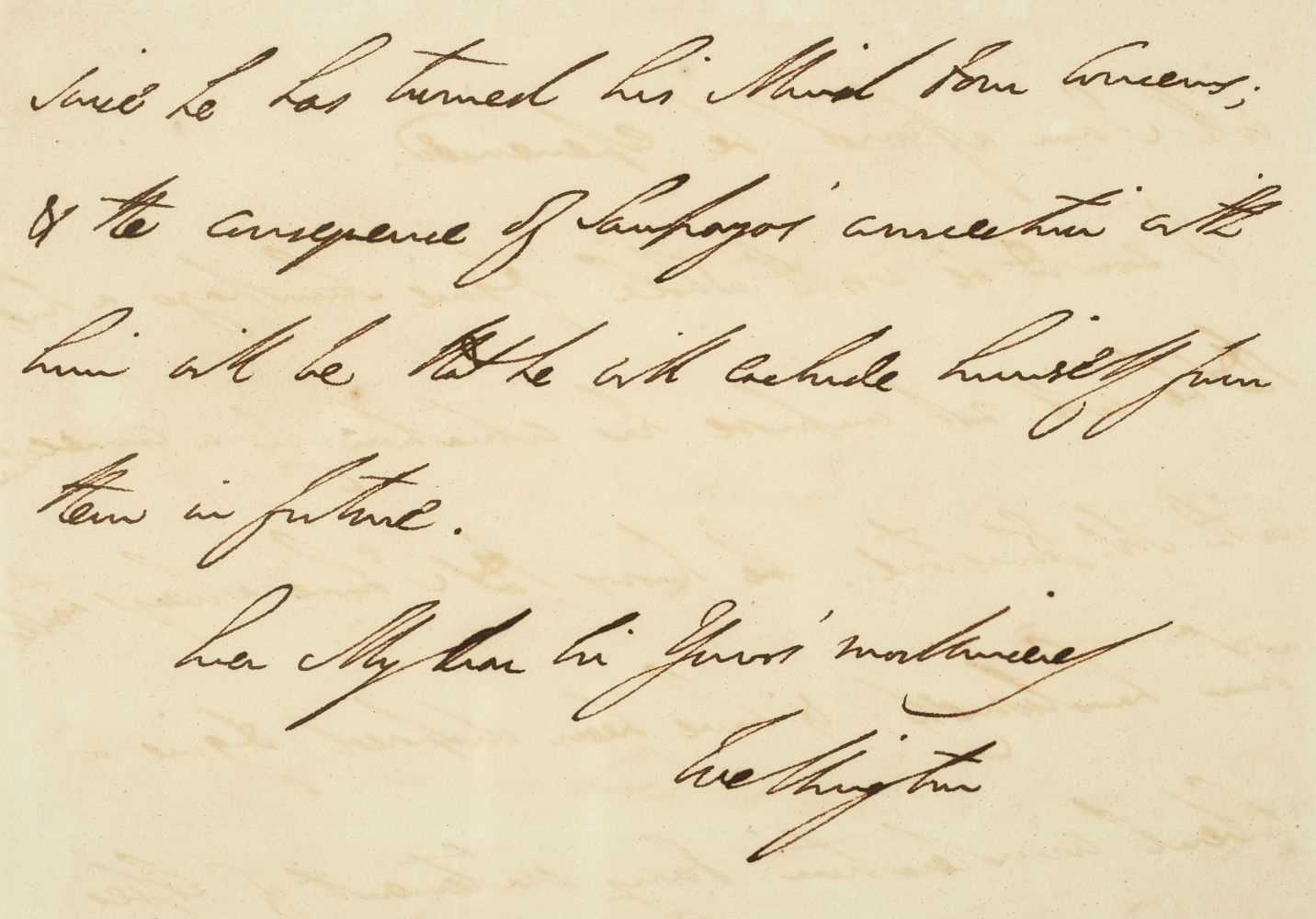
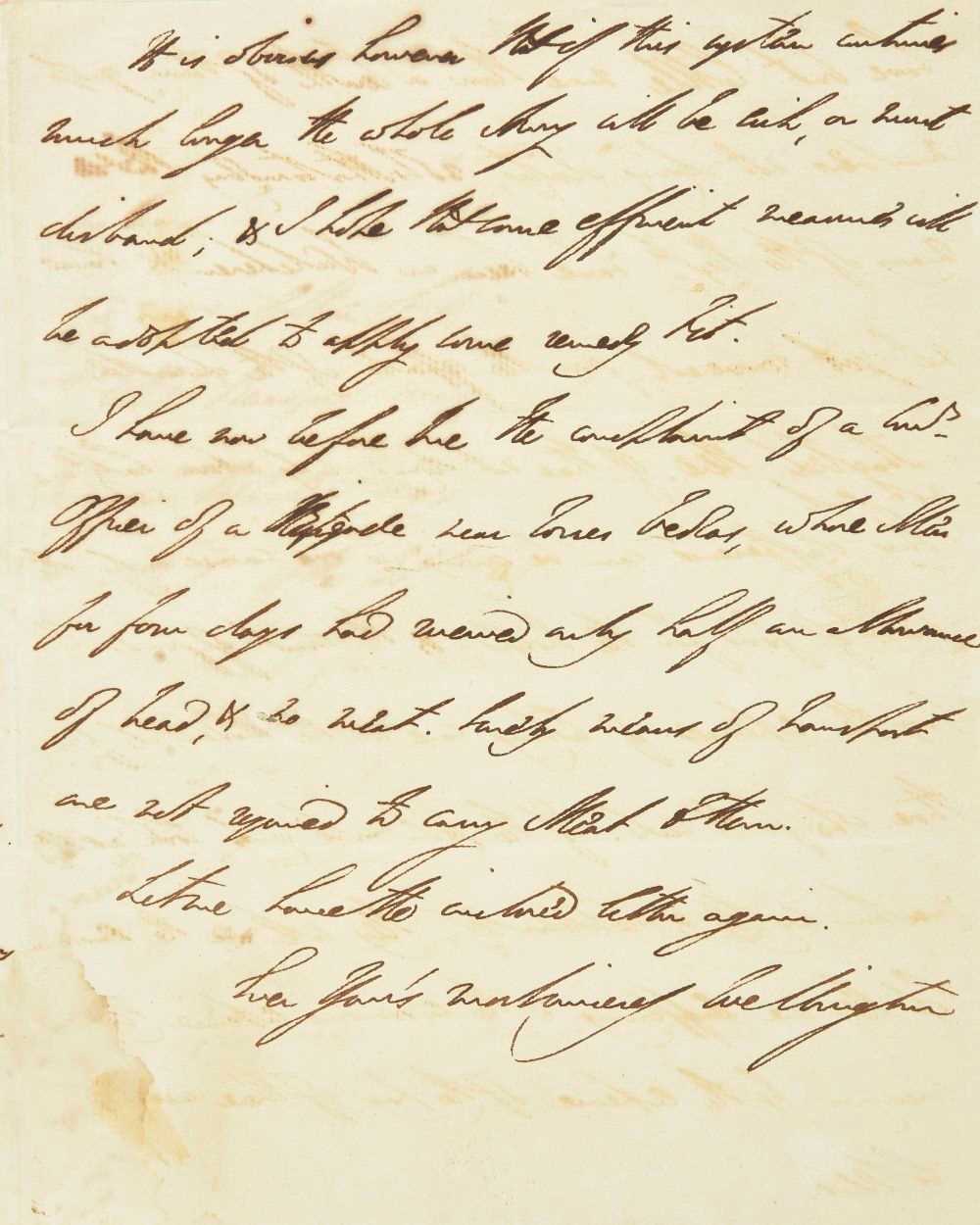

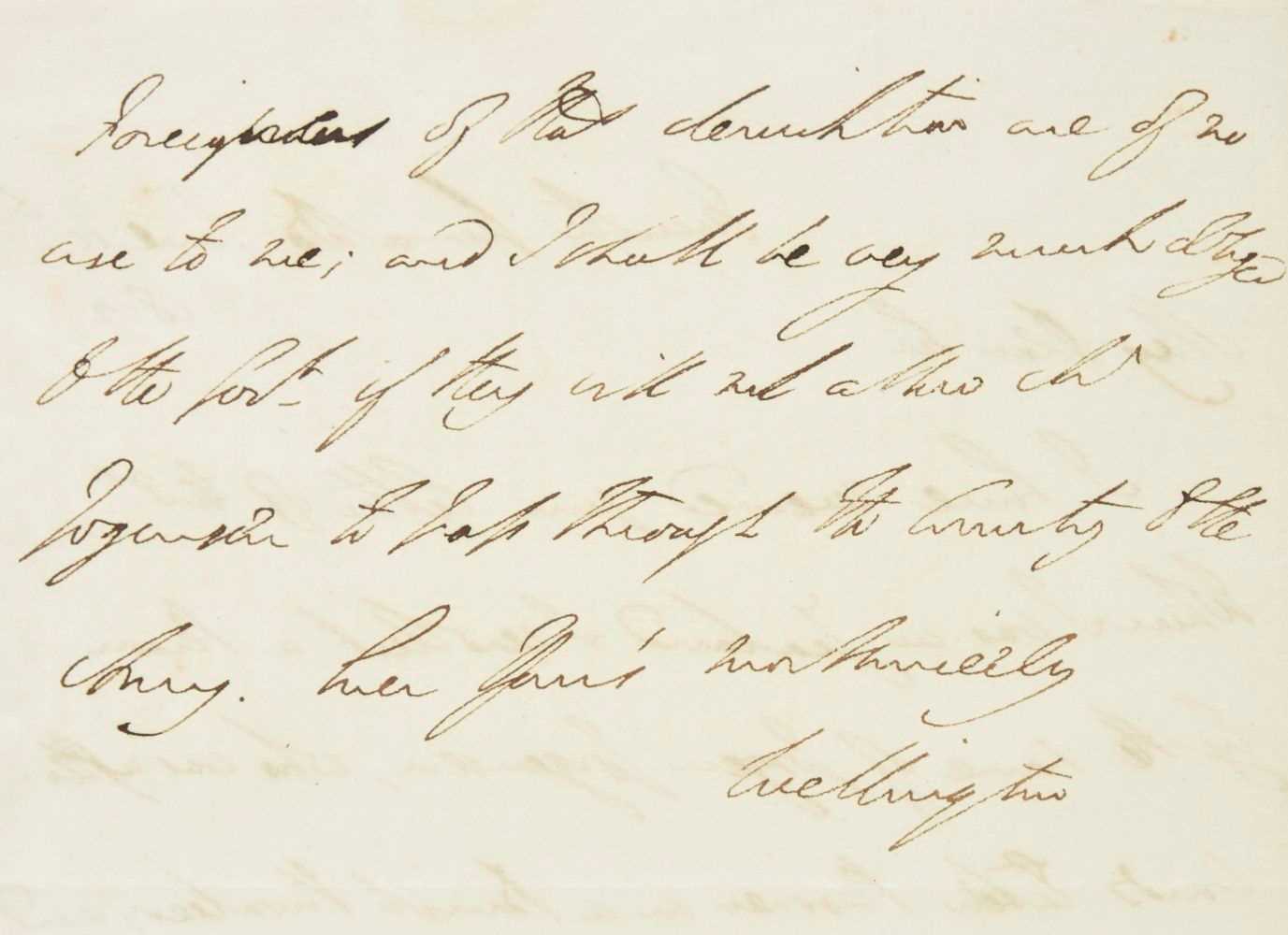


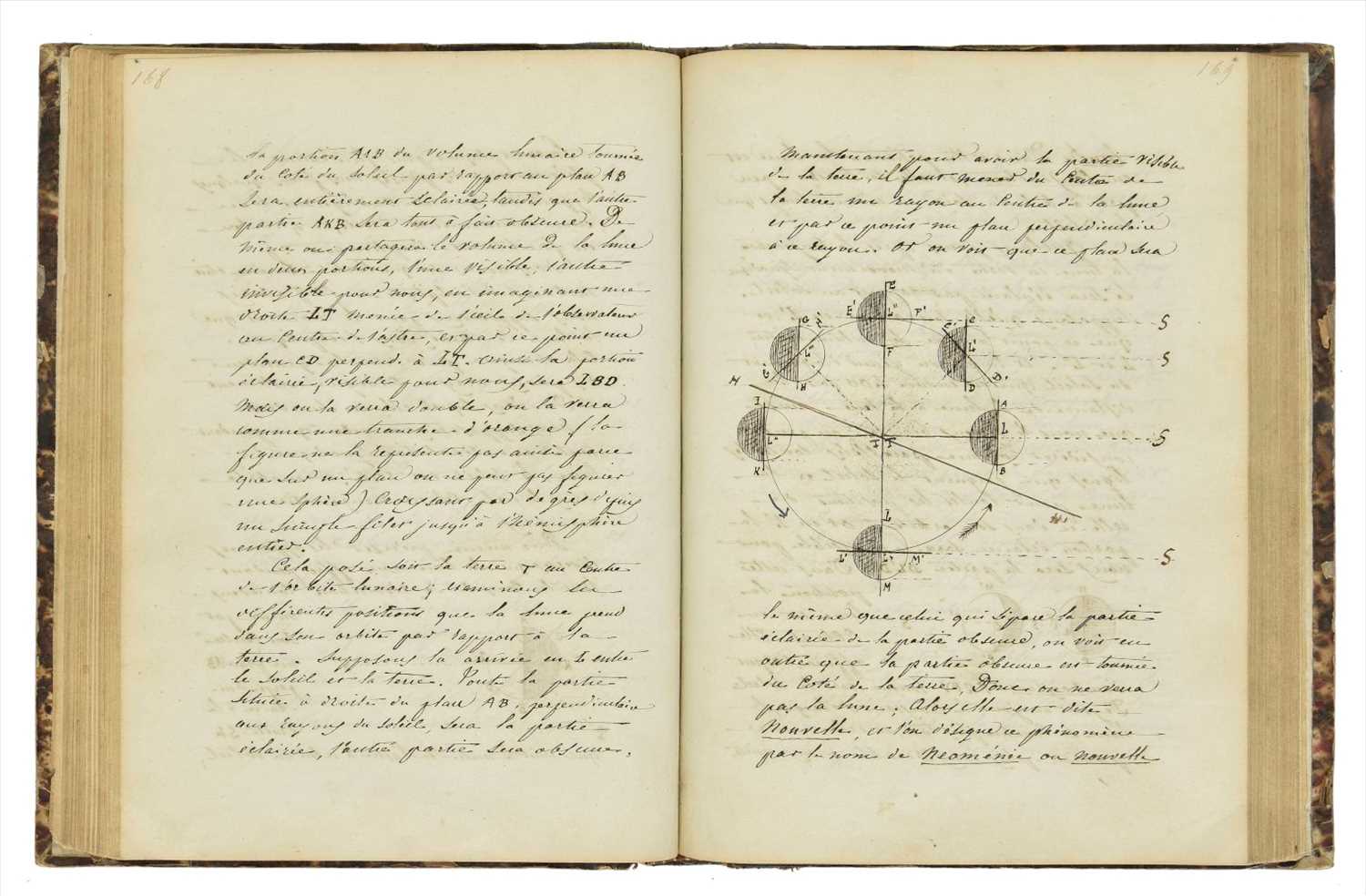
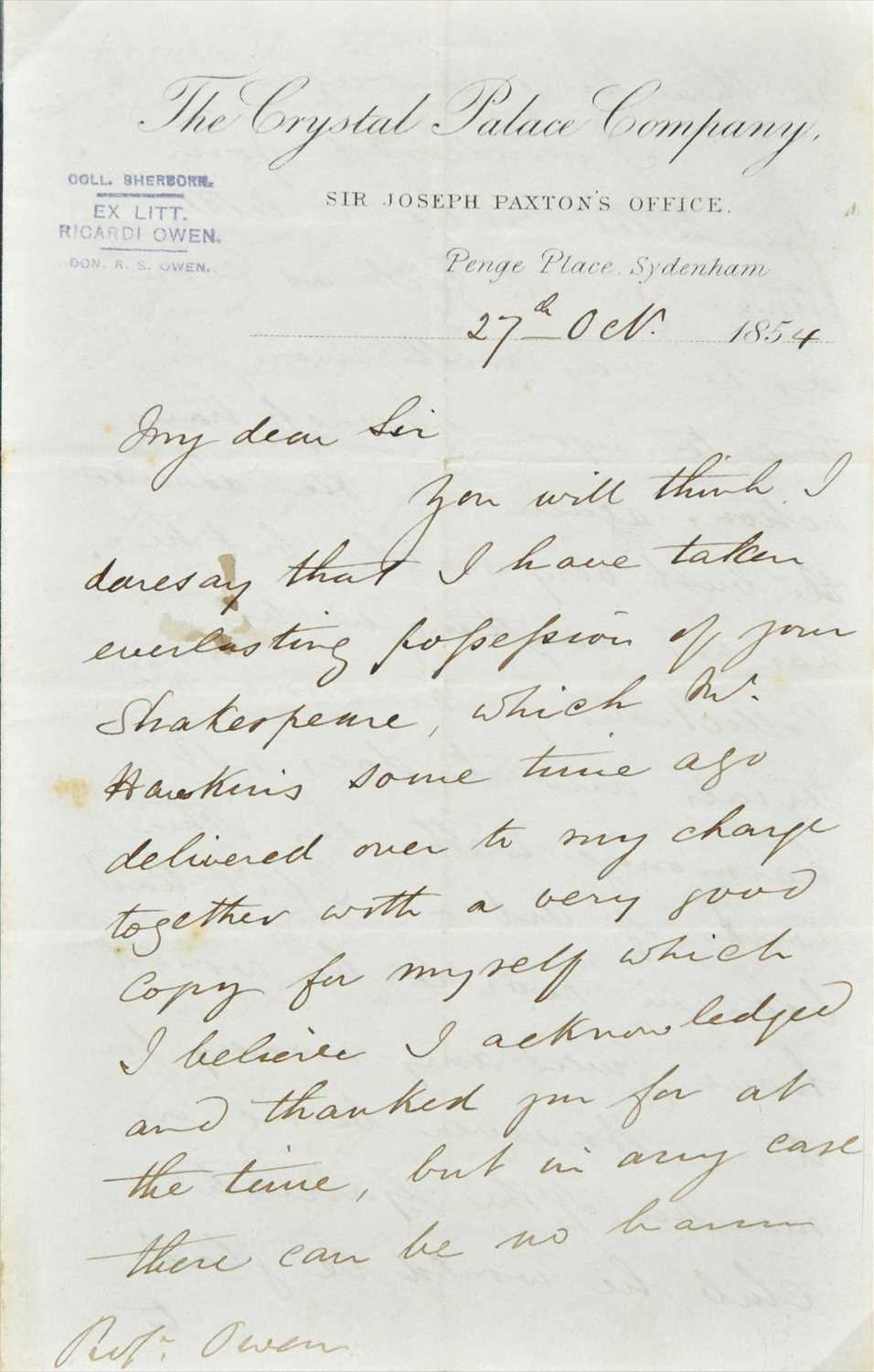
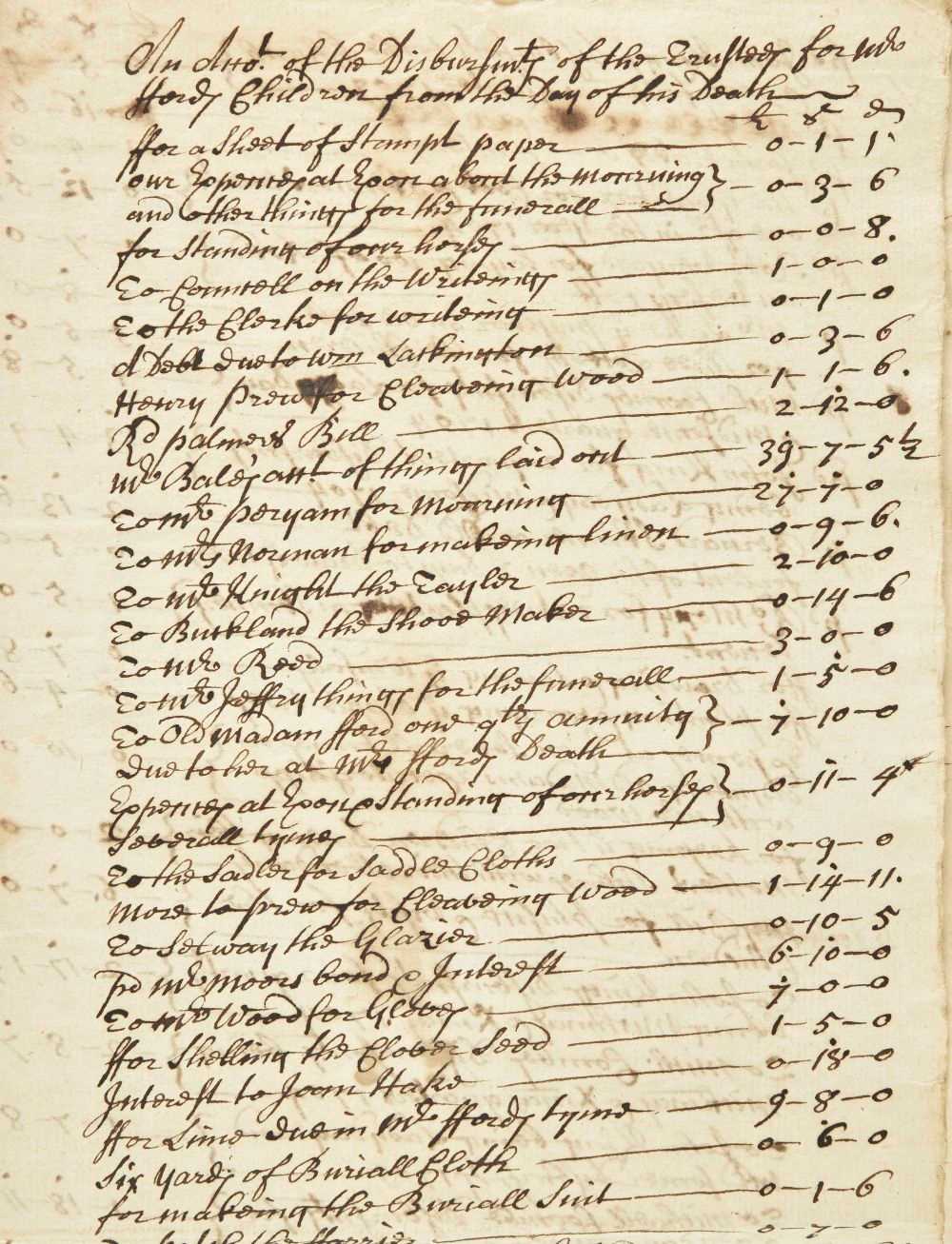
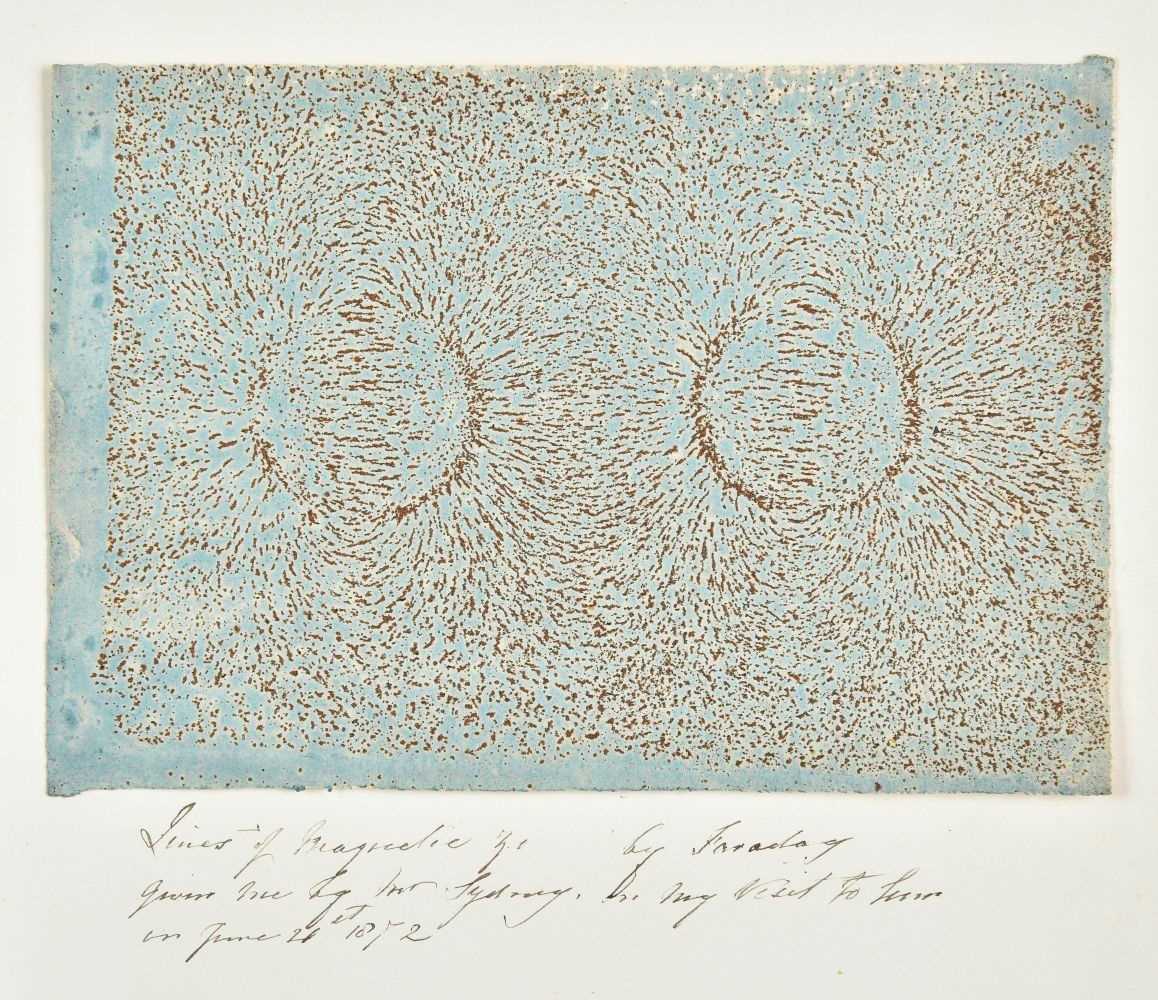
Testen Sie LotSearch und seine Premium-Features 7 Tage - ohne Kosten!
Lassen Sie sich automatisch über neue Objekte in kommenden Auktionen benachrichtigen.
Suchauftrag anlegen